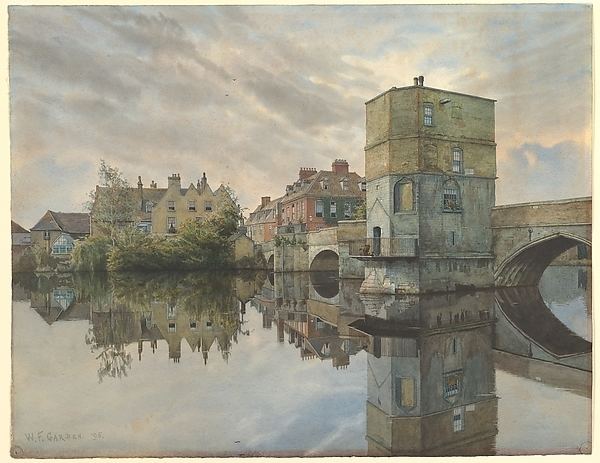Incorporated 1 April 1974 | Area 912.5 km² | |
 | ||
University Huntingdonshire Regional College Points of interest Destinations | ||
Huntingdonshire (/ˈhʌntɪŋdənʃə/ or /ˈhʌntɪŋdənʃɪər/; abbreviated Hunts) is a non-metropolitan district of Cambridgeshire, as well as a historic county of England. Its council is based in Huntingdon and the district also includes the towns of St Ives, Godmanchester, St Neots and Ramsey. The district population was recorded as 169,508 at the 2011 Census.
Contents
- Map of Huntingdonshire District UK
- History
- Status
- Revival of county
- Governance
- Sports
- Major towns
- Smaller towns and villages
- Famous people
- References
Map of Huntingdonshire District, UK
History
The area corresponding to modern Huntingdonshire was first delimited in Anglo-Saxon times, and the modern boundaries have remained largely unchanged since the 10th century, though it lost its county status in 1974.
Status
In 1889, under the Local Government Act 1888 Huntingdonshire became an administrative county, with the new County Council taking over administrative functions from the Quarter Sessions. The area in the north of the county forming part of the municipal borough of Peterborough became instead part of the Soke of Peterborough administrative county, in Northamptonshire.
In 1965, under a recommendation of the Local Government Commission for England, it was merged with the Soke of Peterborough to form Huntingdon and Peterborough – the Lieutenancy county was also merged. Also at this time St Neots expanded westward over the river into Eaton Ford and Eaton Socon in Bedfordshire.
In 1974, under the Local Government Act 1972, Huntingdon and Peterborough merged with Cambridgeshire and Isle of Ely to form the new non-metropolitan county of Cambridgeshire. A Huntingdon district was created based closely on the former administrative county borders, with the exclusion of the Old Fletton urban district, which became part of the Peterborough district, as did the part of Norman Cross Rural District in Peterborough New Town.
The district was renamed Huntingdonshire on 1 October 1984, by resolution of the district council.
Original historical documents relating to Huntingdonshire are held by Cambridgeshire Archives and Local Studies at the County Record Office in Huntingdon.
Revival of county
The Local Government Commission considered in the 1990s the case for making a Huntingdonshire unitary authority as part of a general structural review of English local government, that led to unitary authorities in two other English counties that had been abolished: Rutland and Herefordshire.
The Draft Recommendations envisaged three possible scenarios for structural change in Cambridgeshire: the preferred option and the third option had a unitary Huntingdonshire, whilst the second option would have seen Huntingdonshire combine with Peterborough and Fenland to form a "Peterborough and Huntingdonshire" unitary authority. The Final Recommendations of the Commission for Cambridgeshire recommended no change in the status quo in Cambridgeshire. The districts of Peterborough and Huntingdonshire were referred back to the commission for a reconsideration in 1995. The commission recommended the creation of a Peterborough unitary authority, but proposed that Huntingdonshire remain part of the shire county of Cambridgeshire, noting that "there was no exceptional county allegiance to Huntingdonshire, as had been perceived in Rutland and Herefordshire".
David McKie writing in the Guardian noted that "Writers-in demanded an independent Huntingdon; but MORI's more broadly-based poll showed that most Huntingdonians - that is, most of John Major's electors - were content to stay part of Cambridgeshire."
After the failure of Huntingdonshire to become a unitary authority, a Huntingdonshire Society was set up to promote awareness of Huntingdonshire as a historic county, and to campaign for its reinstatement as an administrative and ceremonial entity. In 2002 it established an annual "Huntingdonshire Day" on 25 April, the birthday of Oliver Cromwell.
Governance
Elections to the district council are held in three out of every four years, with one third of the 52 seats on the council being elected at each election. The Conservative party has had a majority on the council since 1976 and as of the 2015 election, and following subsequent by-elections and defections the council is composed of the following councillors:-
Sports
Huntingdonshire is the birthplace of bandy, now an IOC accepted sport. According to documents from 1813, Bury Fen Bandy Club was undefeated for 100 years. A member of the club, Charles Tebbutt, wrote down the first official rules in 1882 and helped spread the popularity of the sport to many countries. Huntingdonshire County Cricket Club is considered one of the 20 minor counties of English and Welsh cricket; even though it has never played within the Minor Counties Championship, it has its own individual Cricket Board and played in the English domestic one-day competition from 1999 to 2003.
